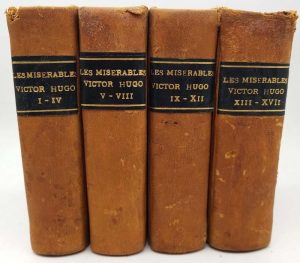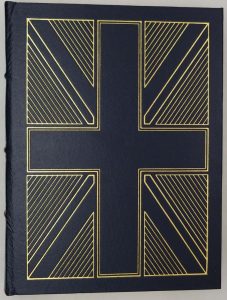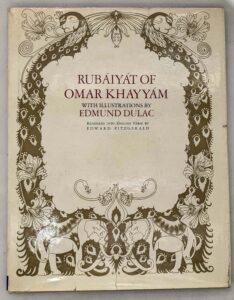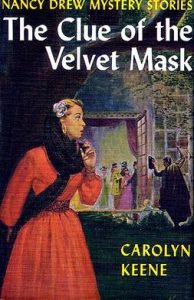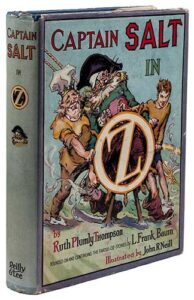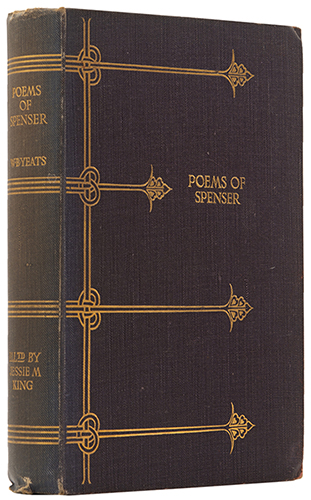
Poems of Spenser (1906), edited by W.B. Yeats and illustrated by Jessie M. King, emerges as a luminous fusion of Celtic Revival poetry and Glasgow Style artistry. Published by T.C. & E.C. Jack in Edinburgh, this volume reimagines Edmund Spenser’s Elizabethan verses through King’s distinctive Art Nouveau lens, where every page shimmers with medieval romance rekindled for the modern age. King’s illustrations weave intricate borders of Celtic knotwork and stylized flora around Spenser’s texts, her pen lines flowing like vine tendrils across vellum-thick pages. Full-page plates for The Faerie Queene capture moments of chivalric wonder—Una’s milk-white lamb glowing against emerald forests, Britomart’s armored figure reflected in enchanted mirrors—rendered in King’s signature palette of moss greens, peacock blues, and gold leaf accents. The artist’s lettering, with its exaggerated ascenders and descenders curling like fiddlehead ferns, transforms Spenser’s archaic language into visual music. Particularly striking is her interpretation of the Amoretti sonnets, where lovers’ faces emerge from swirling Art Nouveau patterns, their elongated necks and dreamy expressions recalling Pre-Raphaelite idealism filtered through Glasgow School sensibility. The book’s production—handmade paper with visible chain lines, gilt-stamped cloth binding echoing Tudor roses, and King’s illustrations printed via photogravure—makes this one of the most harmonious integrations of Renaissance poetry and fin-de-siècle design.
About Jessie M. King (1875-1949):
A pivotal figure in the Glasgow Style movement, King brought her singular vision to this 1906 project during her most prolific period. Trained at the Glasgow School of Art under Fra Newbery alongside Margaret Macdonald Mackintosh, she developed an aesthetic blending Celtic mysticism with Art Nouveau fluidity. This Spenser edition showcases her mature style—delicate pen work inspired by medieval illuminations, combined with a Symbolist approach to color that bathes scenes in otherworldly light. Unlike contemporaries who illustrated Spenser with historical literalism, King sought the poems’ emotional essence, as seen in her Epithalamion illustrations where bridal processions dissolve into floral abstractions. Beyond book arts, she designed jewelry, textiles, and the famous “Greensheaves” pottery for Liberty & Co. Though later overshadowed by her husband E.A. Taylor’s work, this 1906 volume remains her most sophisticated literary interpretation—where Glasgow’s artistic renaissance conversed with Yeats’ Celtic Revival through Spenser’s Elizabethan imagination. Original drawings from this series, with their hypnotic detail and gold leaf accents, now anchor collections from the Kelvingrove to the V&A.
For devotees of this edition, these kindred works may enchant:
• The High History of the Holy Graal (1908) illustrated by King – her Arthurian masterpiece
• Defence of Guenevere and other Poems by William Morris – illustrated by King – showing her earlier style
• The Faerie Queene (1897) illustrated by Walter Crane – for contrasting Victorian interpretation
Other Jessie M. King illustrated works available in our illustrations gallery: The Defence of Guenevere, A House of Pomegranates, The High History of the Holy Graal, Seven Happy Days, The Mummy’s Bedtime Story Book, Habitation Forcee.
